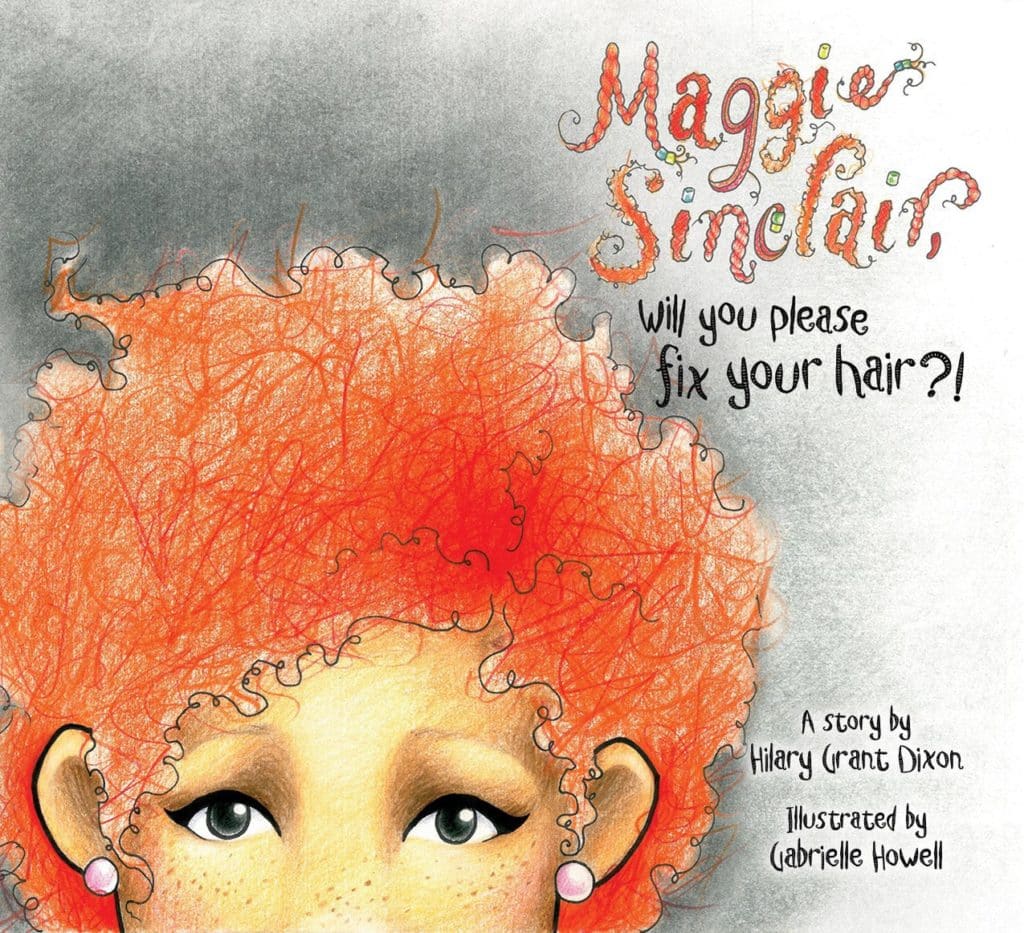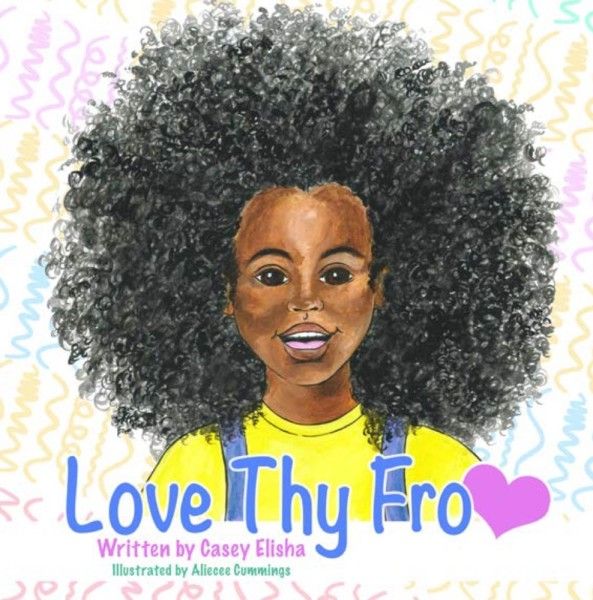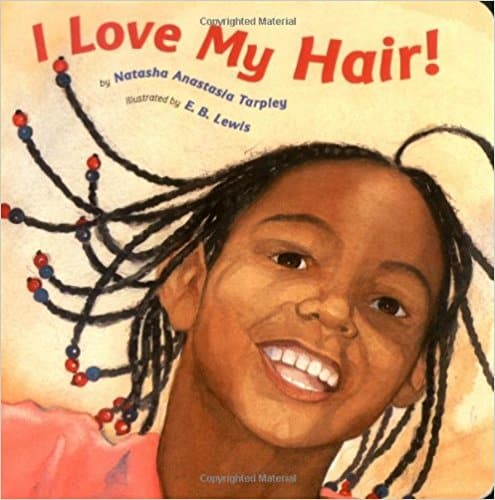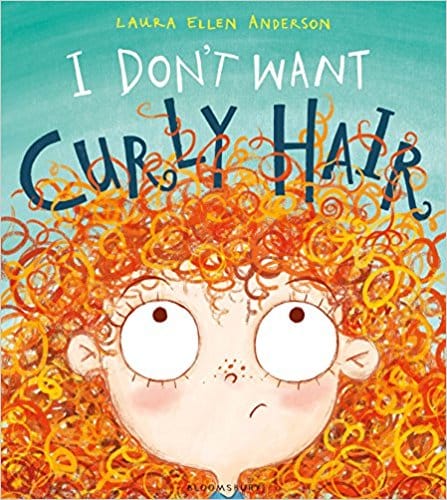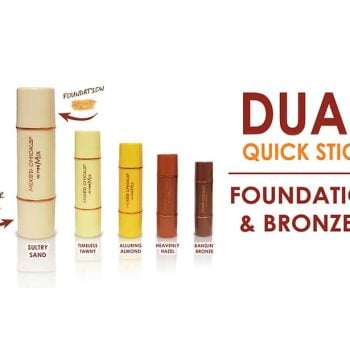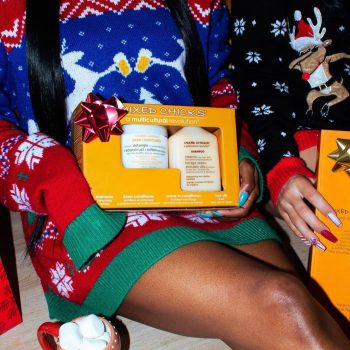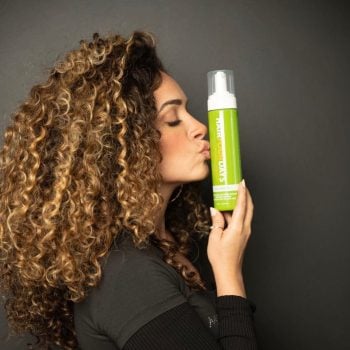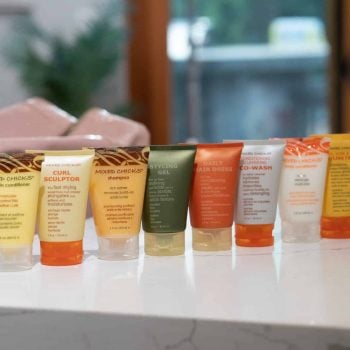Guest Blog: Mixed Up Mama (Curl Politics)
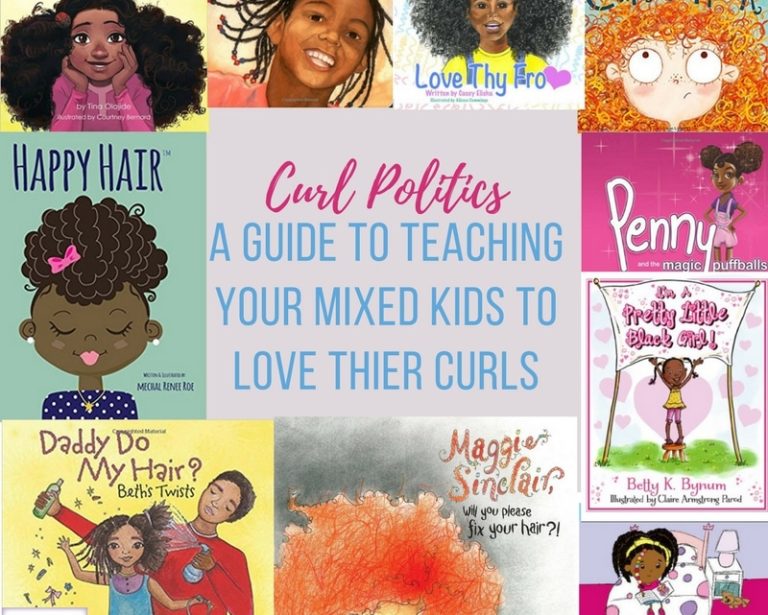
CURL POLITICS: A GUIDE TO TEACHING YOUR MIXED KIDS TO LOVE THEIR CURLY HAIR
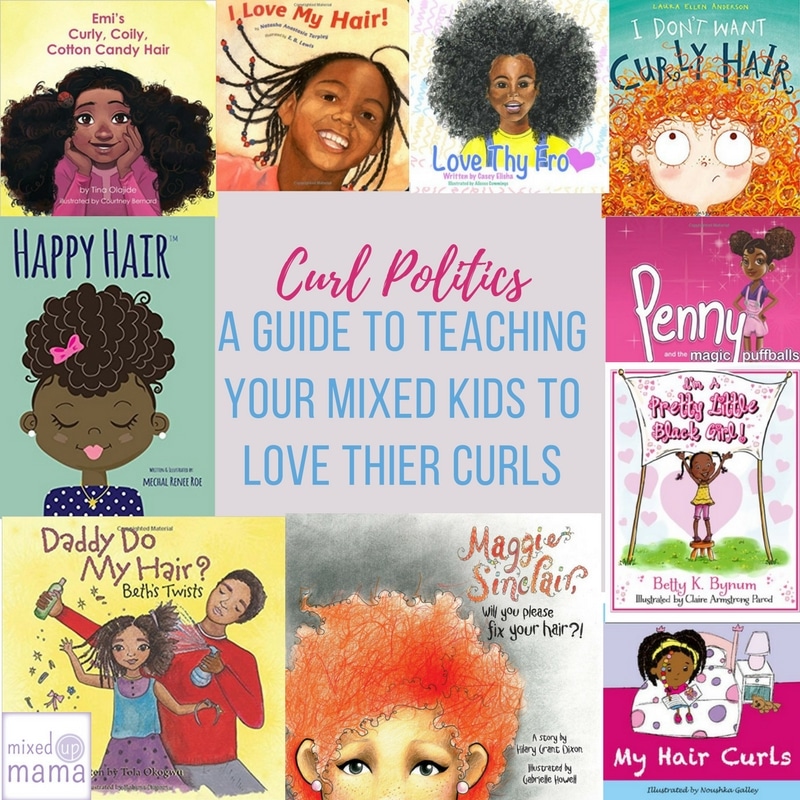
I have three girls. Three types of curls. Oldest has long flowing curls that are admired and replicated in some of the most beautiful of mixed girl celebs such as Nathalie Emmanuel (Game of Thrones) or Thandie Newton.
My youngest has wild, looser curls that have already passed her shoulders. Her hair will pass as ethnically ambiguous allowing her to pass as Indian, Latino, Middle Eastern or even Mediterranean.
My middle daughter has amazingly thick, short curly auburn hair. Her curls are tight and when it grows, it grows up and out. And although hers is unique because it is light in colour, her 4 year old self is already becoming aware that somehow her curls are ‘different’.
I was always aware of the straight hair girl envy but within the confines of the curly hair spectrum I thought it was all the same.
I was wrong.
Each morning now she insists that I brush her hair straight and braid it so it touches her shoulders, like DD1. When I oblige, she is frustrated at the outcome, pulling at her hair in all directions, unable to articulate her feelings of frustration.
It is different….
It’s only recently that she’s become more ‘aware’ of her hair, comparing frantically with her sister to have the same hair dos and frustrated that her’s don’t turn out the same.
I have to admit, the ‘politics’ that has engulfed my home over hair has surprised me. Perhaps I was naive, raising 3 girls, looks are bound to be important. But it’s taken hold of my 6 year old and now 4 year old with a vengeance.
I’m done emphasising how beautiful my DD1’s hair is. She understands it now as it’s constantly reiterated by her cousins, her Aunties and even women in the street who stop and comment on how beautiful her hair is. She’s grown to love her curls- perhaps because her hair is longer, perhaps because of all the outside admiration or maybe just because she’s grown up.
But my middle daughter sees and hears all the comments intended for DD1 with long, loose curls. Just the other day, I met two Mums in the playground whom I knew from school. All of my daughters had their hair out that day and both ladies commented. “Oh I never knew DD2’s hair was so … different. Hers is definitely more Afro-like.” That, in itself is not bad but always, I feel these comments are loaded with meaning.
What Can you do?
My struggle has been to acknowledge that her hair is thicker, it ismore Afro-like and, it’s beautiful. Each day, when we have battles over her hair as she pulls at it and screams in despair, I try to surprise my little one with new hairstyles, showing her the uniqueness and variety her 4a curls can offer. Puffballs, braids, cornrows are among some of these and helpfully, she’s usually happy with the outcome.
Just the other day, I was amazed, after showing my girls a Youtube video of a natural curly hair vlogger sharing some hair tips, I could see the positive impact it had in showing my girls that their hair is beautiful. (Check out my fb post here…)
My partner and I both agree that straightening their hair is always on the table. So if they ask, we say they can- but why? And because it’s never a ‘no’, the realisation that actually, they could have straight hair anytime, is liberating.
Truthfully, though what has had the most impact is a book called, ‘Penny and the Magic Puffballs’ by Alonda Williams whose experience wearing her hair up in puffballs gave her magical powers. For DD2, because her sisters can’t wear their hair up in these puffballs, it offers her something unique and special that’s just hers- putting a positive spin on the fact that her hair is different.
Books can be magical in so many ways but particularly in reflecting the image or experience of a child when it comes to hair or appearance. The list below is not exhaustive but it’s a start to getting your biracial kids on the right track to embracing their curls. From children who just plain don’t want curly hair to others who are embarrassed to leave it natural and still others who wondered why it was so… different.
These books have been liberating for my girls. I would encourage you to grab yourself a few to have handy when your kids need reassurance that different is good.
